During the Winter Season, it is essential to have a snowblower around. It will help in clearing the snow easily from the pathways and driveways. But sometimes it is not able to start or work properly.
In this guide, we will discuss some troubleshooting tips that could save you a lot of time. If you are looking for a filing the problem of snowblower not starting, then this guide must be helpful for you.
Snowblower Start-up Maintenance
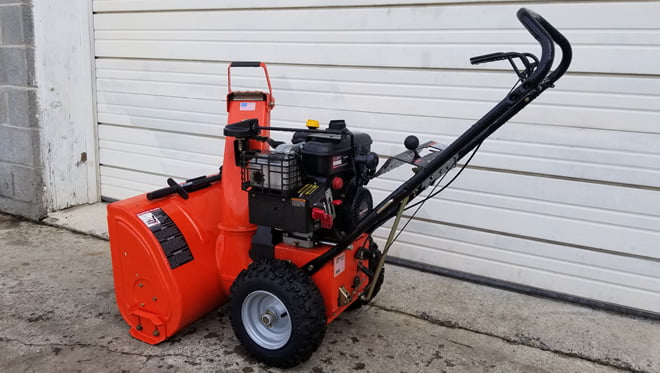
Firstly, we must always look at the simple stuff such as whether the ignition key is inserted properly or not or is there fuel in the fuel tank or not?
1. Check for Bad Gas
Bad Gas is one of the main reasons why your snowblower is not starting because most people do not add a stabilizer in the tank at the end of the season, which eventually results in stale gas
To overcome this problem, you must refill the tank with new gas. It is always recommended to add a stabilizer at the end of the season, and it will result in maintaining freshness for nine to twelve months.
2. Check the Gas/Oil Mixture
If you own a two-stroke snowblower, then you must make sure that the ratio of gas and oil mixture is correct. Some snowblowers must maintain a ratio of 50:1 while some have 40:1. So, it mainly depends upon your snowblower type, as it is also mentioned in the instruction manual about the gas and oil mixture.
3. Check the Choke
Choke is mainly used to increase the fuel to air ratio. You can use the choke slider, which is present in your snowblower. The Full Choke Model is beneficial in starting the engine when it is cold. If the temperature outside is very low, then it will result in flooding the carburetor. Then, you must use choke and skip priming together to resolve the issue.
4. Check the Carburetor
Most of the time, a dirty carburetor is the main reason behind the snowblower not starting. So, it would help if you fixed it first. The carburetor is mainly used to combine air and fuel in an adequate ratio for perfect combustion, so if it gets clogged, then it will create a bad impact on the combustion process and eventually lead to stopping the snowblower.
To clean the carburetor, you must remove the air filter first; now, you must clean the carburetor using a Carb Cleaner. A Carb Cleaner is a solvent that comes with aerosol and has a long straw that can deliver a forceful shot directly into the carburetor. You can also replace the air filter if it gets damaged or becomes too dirty.
5. Check the Starter Fluid
If the gas tank is full, and still your engine is not starting, then you must check the starter fluid. You must be very careful about using starter fluid because most of them are very flammable. It is recommended to use a non-Teflon, petroleum-based lubricant as a starter fluid.
To use the starter fluid, you must remove the air filter from the carburetor, add it into the throat of the carburetor, and then you must try starting the engine. If it still fails to start, then there must be a problem with the spark plug.
6. Examine the Spark Plug
After trying all the above steps, and the engine still not starting. Then, you must carefully examine the spark plug. You must remove it safely and check whether it is ok or not. You must mainly look for three things:
- There is a correct gap.
- There’s No crack on the spark plug.
- Check the fuel on the spark plug.
So, if the Spark Plug is wet, it means that it has been flooded with fuel which may be the reason for not starting the snowblower. To overcome this problem, you must remove the spark plug and turn on the engine several times. It will help in removing the fuel from the spark plug hole. Then, you must clean the spark plug carefully and put it back in the same direction.
Final Words
These are some important troubleshooting tips that you can use if your snow blower will not start. Most of the time, checking simple stuff can resolve the issue. But sometimes it is very difficult to find out what the main problem is.
So, it is recommended to call professionals to do the work in that case. This is all about this guide. We hope you find it useful. If you have any questions or queries regarding the guide, please feel free to ask by commenting below.

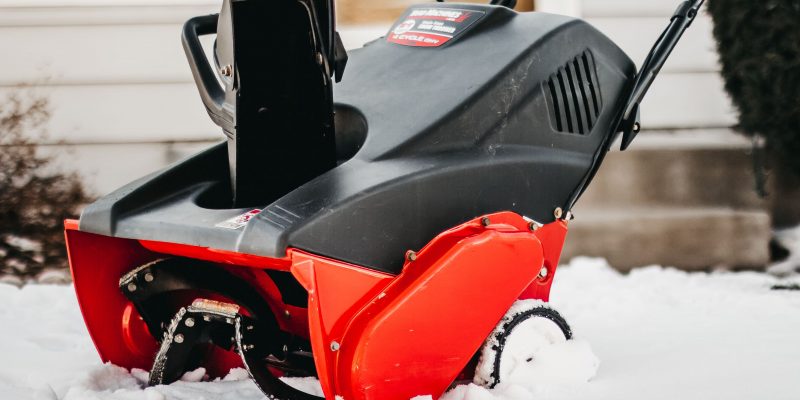
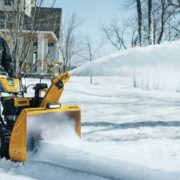
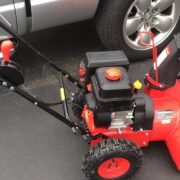
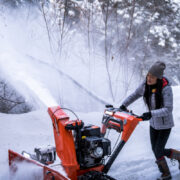
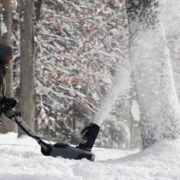
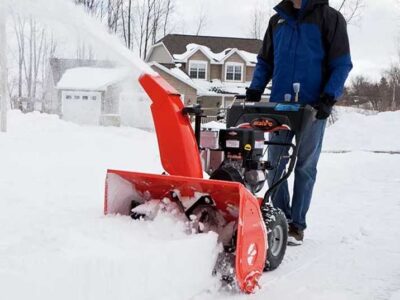
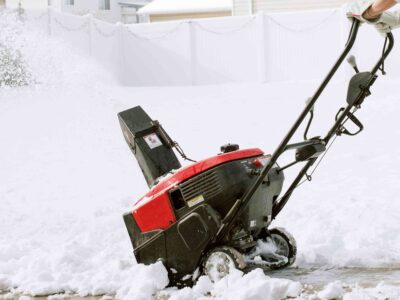
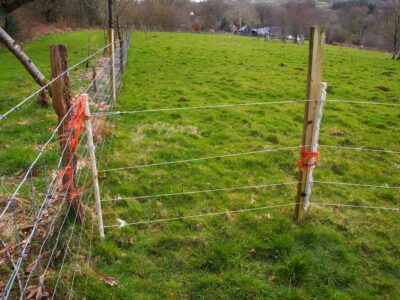
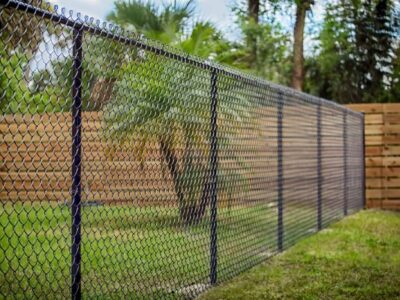

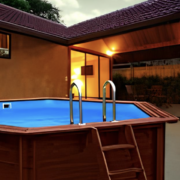

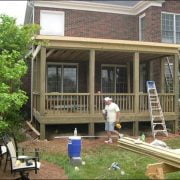
Comments